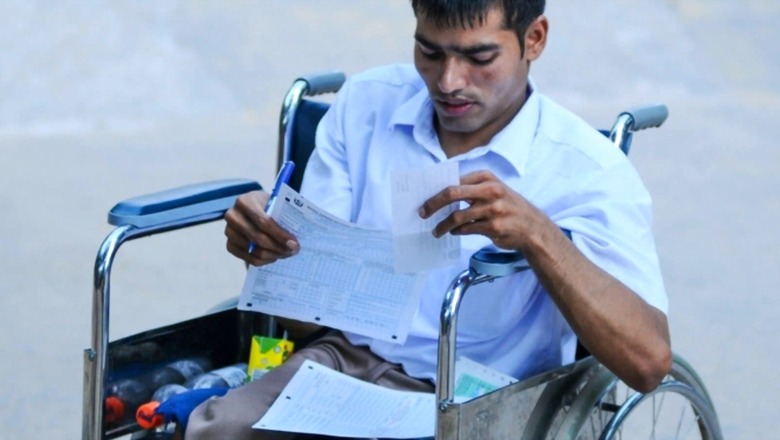
views
Children and adolescents with disabilities are 27 per cent more likely to drop out of upper secondary school as compared to their peers who have no disabilities, according to UN data shared by PMNCH. The number of children and adolescents with disabilities globally is estimated at almost 240 million (1 in 10 worldwide), according to the WHO’s Partnership for Maternal, Newborn and Child Health (PMNCH).
The PMNCH statement said 41 per cent of children with disabilities are more likely to feel discriminated against and 51 per cent more likely to feel unhappy as compared to their peers with no disabilities. Despite the fact that children and adolescents with disabilities are among the most marginalised and discriminated against groups, their priority on the general health agenda is low, the PMNCH noted.
“Compared to their peers who have no disabilities, children and adolescents (0-17 age group) with disabilities are 27 per cent more likely to be out of upper-secondary school, 41 per cent more likely to feel discriminated against and 51 per cent more likely to feel unhappy,” the statement said. Helga Fogstad, Executive Director, PMNCH, said systemic barriers, coupled with the failure to prioritise the collection of data on the situation of women and girls with disabilities, have perpetuated their “invisibility” within societies.
“They experience multiple and intersecting forms of discrimination which exclude them from various aspects of life, puts their health and wellbeing at risk, and increases their likelihood of experiencing socio-economic inequities, such as a higher rate of poverty, lower education level and increased rate of unemployment, compared to their non-disabled peers,” said Fogstad. Andrea Pregel, co-chair, Inclusive Health Group, International Disability and Development Consortium (IDDC) said disability inclusion is everyone’s responsibility, not just the job of a few specialised agencies.
Everyone in the development sector needs to do their part to ensure the rights of all people with disabilities, and in particular adolescent girls with disabilities, are upheld, Pregel said. “If we are serious about achieving Universal Health Coverage and other SDG targets, we need more investments; we need better collaboration between mainstream agencies, organisations of persons with disabilities, and development partners with disability inclusion technical expertise; and we need more quality evidence on what works to make programmes and polices more inclusive, Pregel said.
Read all the Latest Education News and Breaking News here













Comments
0 comment